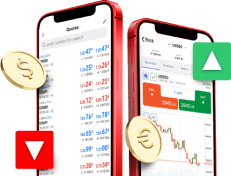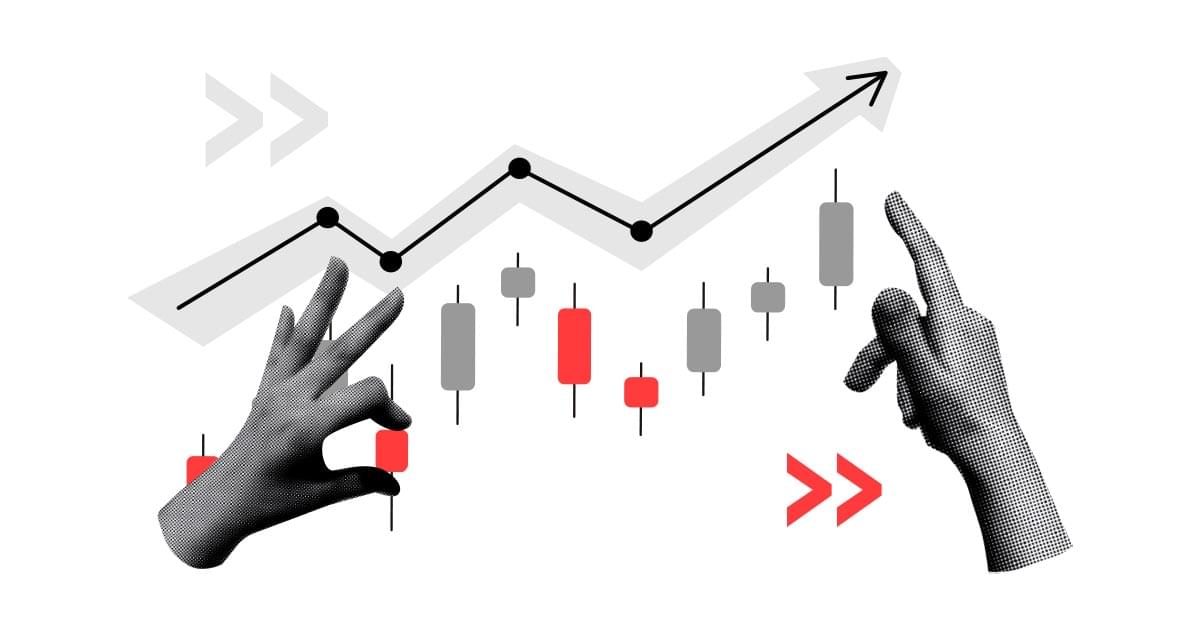The news of the last hours looks more or less like this: share prices in the USA have reached record levels, share prices in Europe have broken records, share prices in Hungary, Finland or Norway are at historic peaks, shares in Poland, Romania, India and Switzerland are recording all-time highs.
It has been long since such culturally and economically diversified markets "rode in the same boat" of huge demand for shares. The main reason for this seems to be the reset of the entire global economy following the pandemic outbreak and very similar actions by politicians and central banks in each country. Hence the similar behavior of the stock markets in an environment where widespread desire and drive for a quick economic recovery is prevalent.
Capital is looking for yield
Added to this is the theme of rising inflation and negative real interest rates, which results from the difference between a possible minimum interest rate and, as a rule, much higher price increases.
Here, too, wherever you look, in practice banks are being paid to hold cash as its purchasing power falls over time. In the US, real interest rates are -5.3 percent, in Poland -4.9 percent, in Norway -3 percent, in the Eurozone -2.7 percent and in the UK -2.4 percent. This in turn still seems to be pushing capital towards riskier assets, as there seems to be no way to get paid on the capital held without risk.
This is not yet the level of a stock exchange bubble
This factor, among others, maybe working in favor of the stock market today, helping stocks to rise in price. However, negative real rates may not be the only key here. Governments seem to pursue a pro-cyclical fiscal policy and central banks a loose monetary policy. Even a slight tightening, by reducing the asset purchase program or signaling interest rate hikes, may not yet return the current trend.
Moreover, looking at stock valuation indicators, it still seems that we are not dealing with a bubble in this market. The forward C/Z ratio for the S&P 500 is 22, which means 22 years to wait for a full return on the capital put in. In contrast, the yield on 10-year U.S. bonds is about 1.33 percent, which means you have to wait 75 years for the same return. Thus, one could find an answer to the question of when the current bull market might come to an end.
If valuation ratios for the stock market were to soar to, say, 40 or 50x earnings (i.e., a bubble would emerge) or when yields would rise to at least 3 percent or more.
The above trading publication does not constitute an investment recommendation or information recommending or suggesting an investment strategy within the meaning of Regulation (EU) No 596/2014 of 16 April 2014. It has been prepared for information purposes and should not form the basis for investment decisions. Neither the author of the study nor Conotoxia Ltd. shall be held liable for investment decisions made on the basis of the information contained in this publication. Copying or reproduction of this publication without written consent of Conotoxia Ltd. is prohibited.
CFDs are complex instruments and carry a high risk of rapid cash loss due to leverage. 77.31 percent of retail investor accounts experience cash losses as a result of trading CFDs with this CFD provider. Consider whether you understand how CFDs work and whether you can afford the high risk of losing money.


